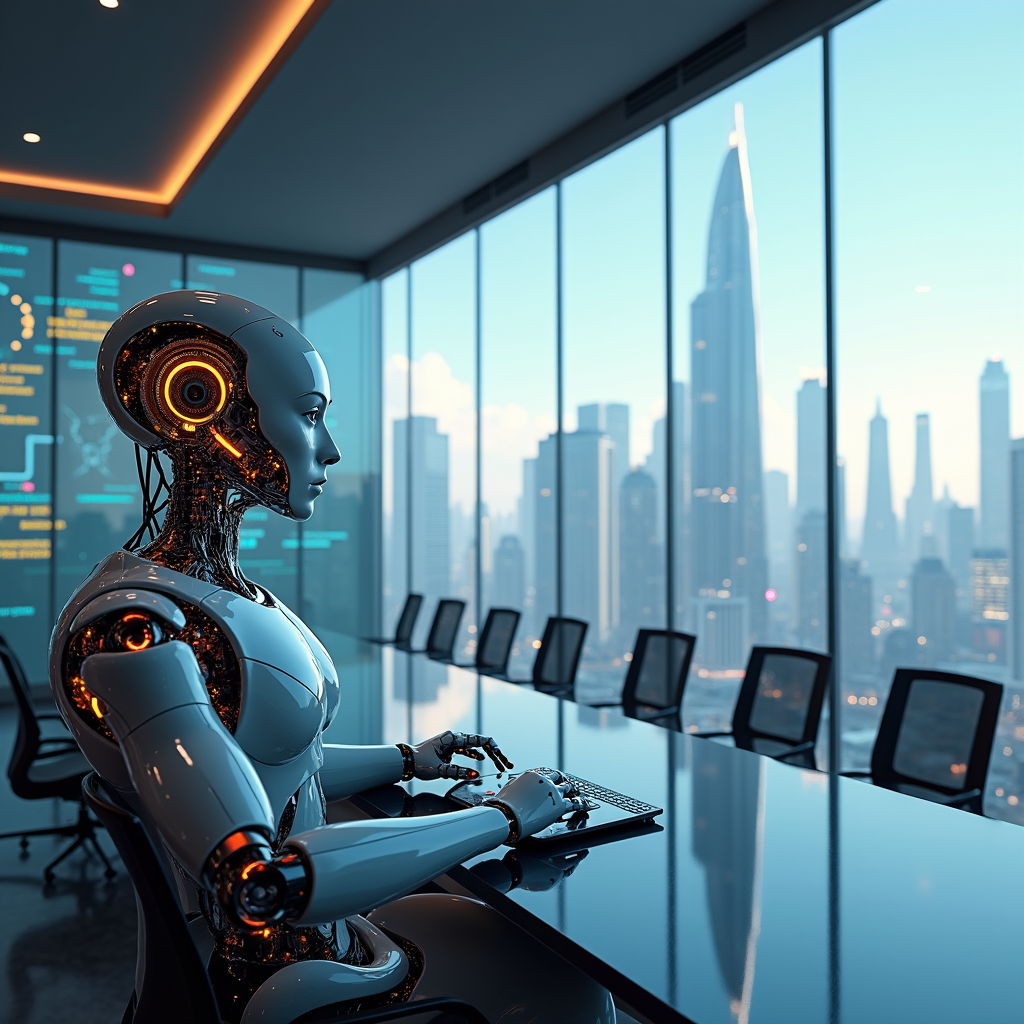
You’re Already Using Voice AI at Work — Here’s How It’s Changing Everything
# The Quiet Revolution: How Voice AI is Reshaping Our Workplaces
In an era where technology is rapidly influencing every aspect of our lives, Voice AI stands quietly yet profoundly transformative. While you might associate AI with text-based tools like ChatGPT, the real revolution is echoing through our auditory senses. Whether through whispered suggestions during meetings or AI-powered assistants managing customer service lines, Voice AI is integrating into our work environments, redefining jobs and improving productivity.
## The New Soundtrack of Work
Voice AI is not just a passing trend or a new tech gadget appealing to only the tech-savvy. As Mike Sorrenti, a game studio founder and advisor, wisely points out, “Voice AI is an excellent thing. It can be used for translation and many other things and is a very natural interface for kids, and older adults, especially those with mild disabilities such as arthritis.” This profound shift is manifesting across industries, from how meetings are conducted to how fast-food orders are placed.
### Enhancing Productivity
Consider the modern workplace: It’s a hive of meetings, calls, and digital communication. Before the advent of AI, many jobs required manual note-taking, leading to time inefficiencies. Voice AI, with tools like Otter.ai and Microsoft Copilot, now transforms the dynamic. A notable UK government study found that civil servants using Microsoft’s Copilot AI for administrative tasks saved an average of 26 minutes a day. Applied across a full work year, this amounts to gaining back nearly two weeks of productive time.
**Key contributions of Voice AI include:**
– **Transcription and Summarization**: No longer do meetings require a dedicated note-taker. Voice AI can transcribe and summarize discussions, enabling employees to focus fully on participation.
– **Virtual Meeting Assistance**: AI-powered systems like Otter.ai can be voice-activated, permitting seamless management of meetings without the drain of manual notes.
– **Real-Time Interaction**: During meetings, participants can give AI mid-session commands, ensuring efficient management without needing in-depth understanding of software interfaces.
### Transforming Customer Interactions
Voice AI is not limited to office settings—it is revolutionizing customer service as well. Sophie Fennelly, CEO of Sales TQ, notes that “Voice AI is no longer just futuristic hype; it is actively reshaping how we work and live.” Fast food outlets in Australia, like Hungry Jack’s and KFC, are trialing voice assistants to streamline ordering processes. While these innovations have garnered mixed reactions, businesses acknowledge the long-term potential for lowering operational costs.
## Lessons From The Present
The key learning moment here revolves around understanding the broader implications of Voice AI adoption. In healthcare, for instance, Microsoft’s DAX Copilot highlights its transformative potential. By automating record-keeping and enabling doctors to spend more time on patient care, Voice AI improves not only workflow efficiency but patient outcomes.
However, the implications are not solely positive. As AI integrates deeper into workplaces, several issues require careful consideration:
– **Privacy and Consent**: Data captured by AI systems must be handled respectfully, ensuring that privacy is prioritized.
– **Job Role Evolution**: As routine tasks become automated, employees must adapt, focusing on roles that emphasize empathy, decision-making, and complex problem-solving.
### Opportunity for Startups
Voice AI is leveling the business playing field. With platforms like Ring AI offering no-code solutions for deploying voice agents, even small businesses have access to sophisticated AI technologies. This accessibility allows startups and entrepreneurs to compete on par with larger corporations, potentially leading roles to emerge that require innovative, human-centric skills.
## The Future Is Listened To
As we reflect on the momentum of Voice AI, the question arises: How are we preparing ourselves and our companies for this auditory shift? For employees and business owners alike, embracing this technology involves a nuanced approach:
– **For Employees**: Adaptability becomes key. Fewer routine tasks and increased decision-making demand an understanding of AI’s capabilities—and limits.
– **For Business Owners**: It’s an opportunity to foster a skilled workforce capable of leveraging AI’s potential, requiring on-going education around privacy and AI management.
The present is ripe with possibilities, but it’s a continuous journey of learning and adaptation.
## Closing Thoughts
As we navigate this digital evolution, the onus is on each of us to question: What distinct value do we offer that AI hasn’t adapted to yet? Voice AI is here, quietly amplifying changes across industries, and the need to remain relevant grows. By focusing on unique human attributes such as empathy, nuanced understanding, and adaptability, we can coexist and even thrive alongside the rise of intelligent machines.
What you hear today is just the beginning of a larger story. Are you ready to tune in and take the lead in your workplace’s Voice AI future?


